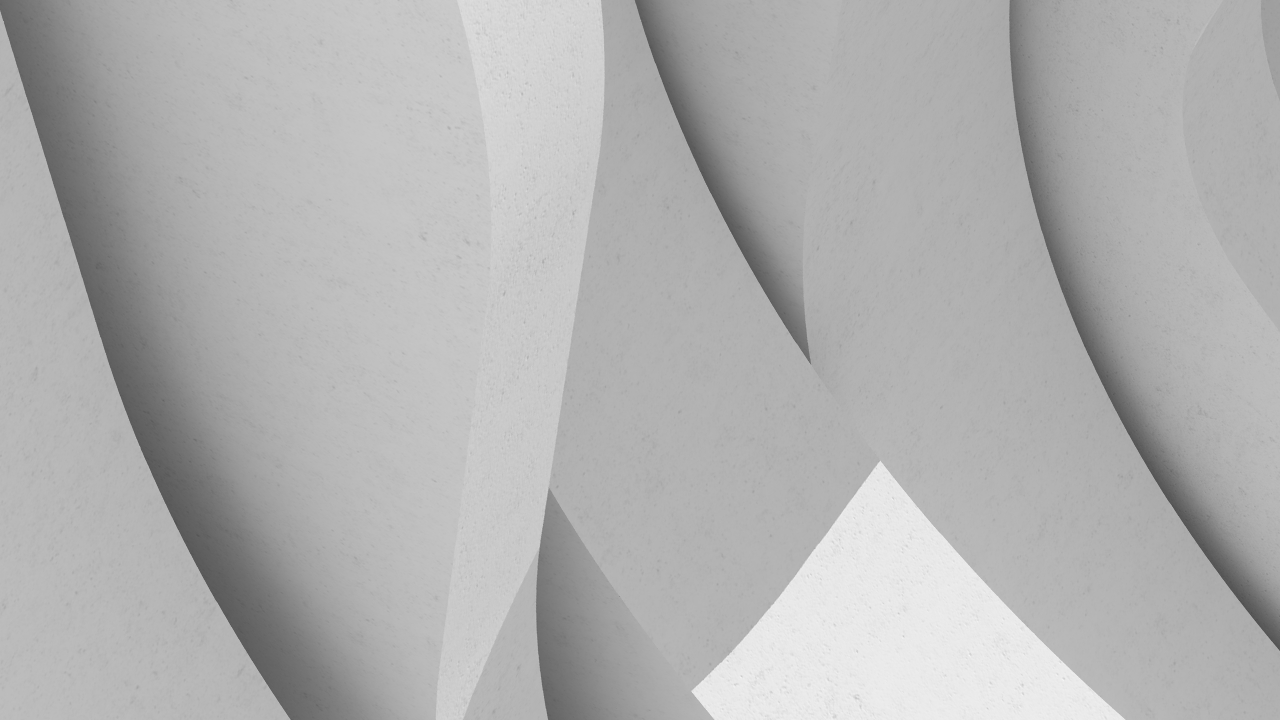Description
The traditional approach to vehicle design in industry departs from a defined technical package and research about vehicle users, brand character, and aesthetics. This process has responded to stable vehicle configurations for decades, enabling creative design to focus significantly on visual and tactile aesthetics. But future megatrends are disrupting this outlook. This new state of the art widens the influence of design, requires new types of creatives, and demands new, more effective creative design workflows. The Transportation Design program at the University of Cincinnati has tackled these challenges by creating the Future Mobility Center, a vision of future-vehicle creative design spaces, with virtual reality applications from early creative development to final design validation, in tandem with rapid physical validation. This Autodesk University class will describe how the space was developed, and will provide examples of projects that have come out of it.
Key Learnings
- Discover opportunities for VR workflows in the creative design process
- Discover the value of working in VR in high fidelity with physical mockups in low fidelity
- Learn about envisioning a layout with VR applications for creative design spaces
- Discover the different types of new creatives that will work in future design spaces
Downloads
Tags
Industries | |
Topics |
People who like this class also liked


